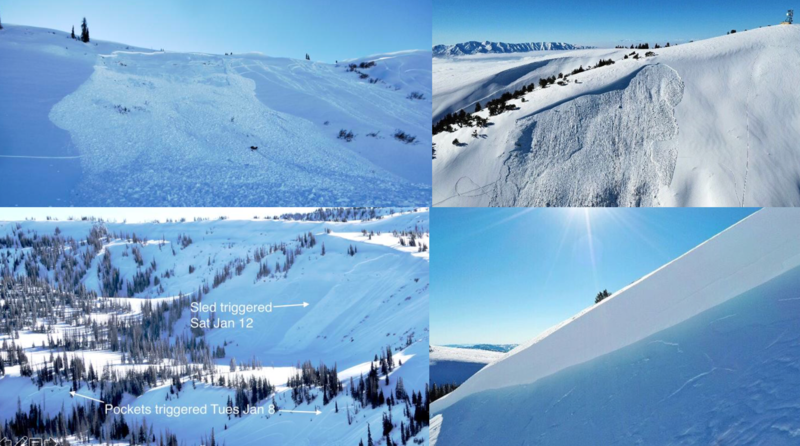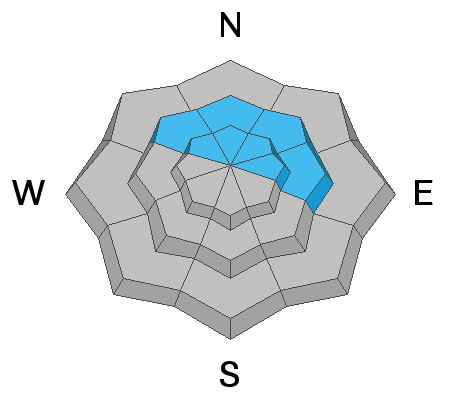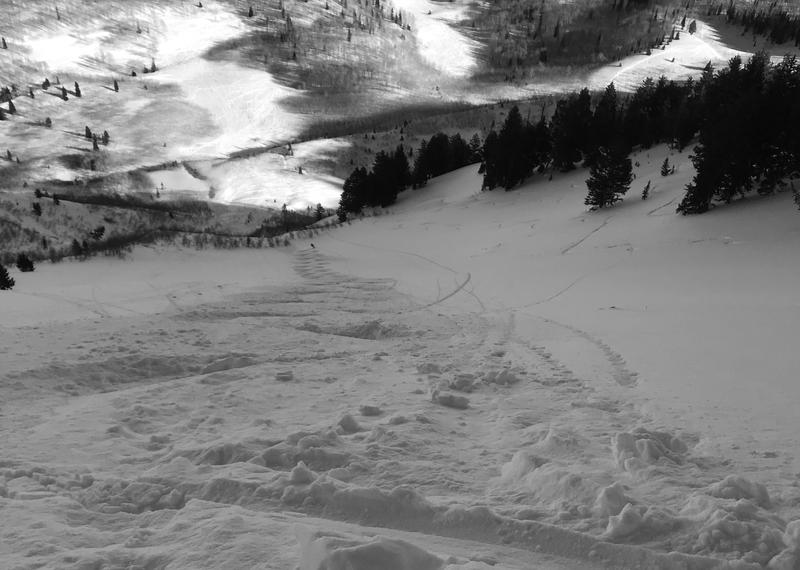Forecast for the Salt Lake Area Mountains

Issued by Trent Meisenheimer on
Sunday morning, January 13, 2019
Sunday morning, January 13, 2019
Today the avalanche danger is LOW. However, there remains the isolated chance for triggering an avalanche that breaks 1-3' deep into faceted snow at the mid and upper elevations. The most likely place to trigger an avalanche would be in steep, wind loaded, unsupported terrain, that faces northwest through east. Continue to approach recent wind drifted slopes with caution. Don't overstay your welcome on steep sunny aspects with daytime warming.
Safe travel protocol is key: make a plan, communicate, one-at-a-time, keep eyes on your partner.

Low
Moderate
Considerable
High
Extreme
Learn how to read the forecast here









